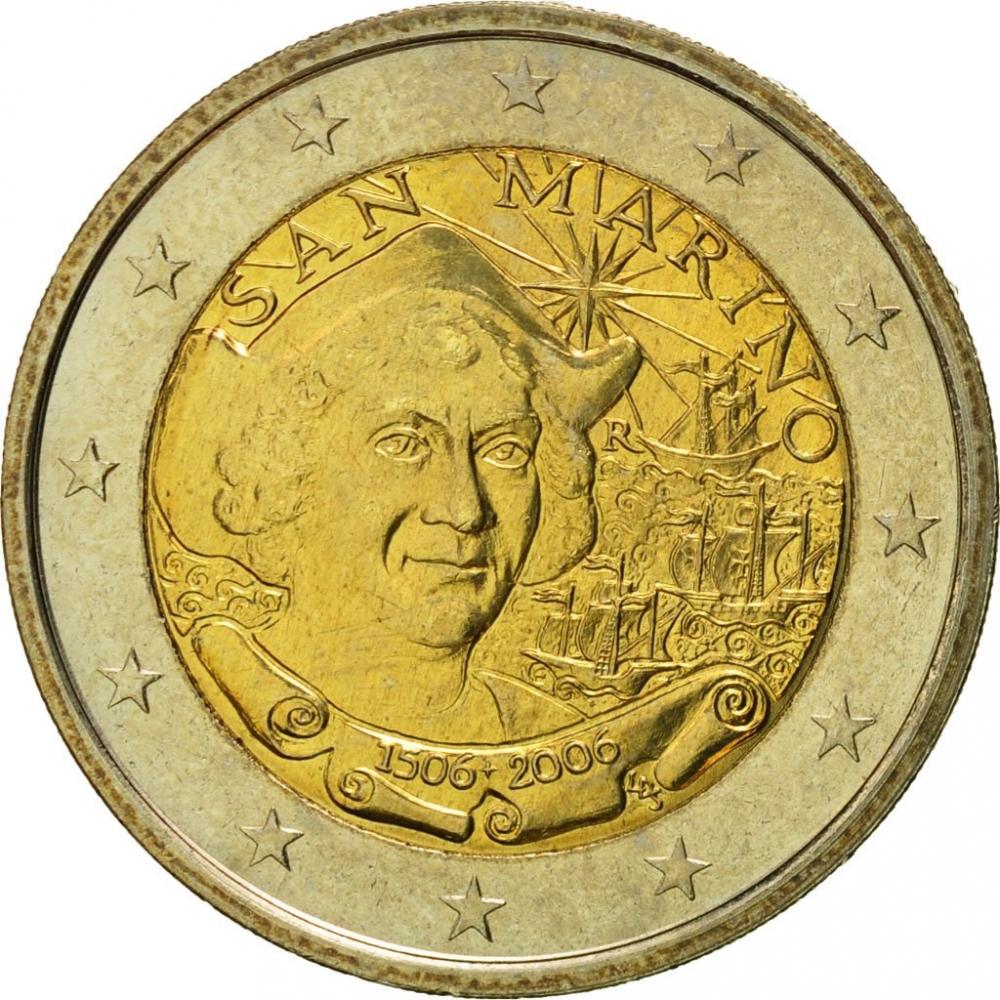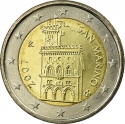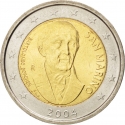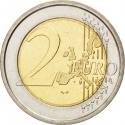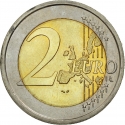You are about to finish your registration. Please check your mailbox (including spam folder). There should be a letter with a confirmation link. Check setting to make sure that your e-mail address is correct.
Send letter againDescription
Christopher Columbus (c. 1451–1506) was an Italian explorer, navigator, colonizer, and citizen of the Republic of Genoa. Under the auspices of the Catholic Monarchs of Spain, he completed four voyages across the Atlantic Ocean. Those voyages and his efforts to establish permanent settlements on the island of Hispaniola initiated the European colonization of the New World.
Western imperialism and economic competition were emerging among European kingdoms through the establishment of trade routes and colonies. Columbus proposed to reach the East Indies by sailing westward, and this eventually received the support of the Spanish Crown, which saw a chance to enter the spice trade with Asia through a new westward route. During his first voyage in 1492, he reached the New World instead of arriving at Japan as he had intended, landing on an island in the Bahamas archipelago that he named "San Salvador". Over the course of three more voyages, he visited the Greater and Lesser Antilles, as well as the Caribbean coast of Venezuela and Central America, claiming all of it for the Crown of Castile.
Columbus was not the first European explorer to reach the Americas, having been preceded by the Viking expedition led by Leif Erikson in the 11th century, but his voyages led to the first lasting European contact with the Americas, inaugurating a period of European exploration, conquest, and colonization that lasted several centuries.
Obverse

|
Depicts a portrait of Christopher Columbus on a background of the flagship carrack Santa María and two smaller caravels, the Pinta and the Niña, which he used in his first voyage across the Atlantic Ocean in 1492. At the top of the inner part is the inscription SAN MARINO together with a compass rose, in the centre is the mint mark R, and at the bottom is a cartouche containing the inscription 1506–2006 and the initials of the designer (LDS). The twelve stars of the European Union surround the design on the outer ring. SAN MARINO |
|---|---|
Reverse

|
A geographical map of Western Europe spans the outer ring and inner core on the right side of the coin. The inscription 2 EURO is superimposed over the map of Europe, with the numeral “2” located in an open field representing the eastern Atlantic Ocean. 2 EURO |
| Edge |
The sequence "2 ★" repeated six times alternately upright and inverted 2 ★ 2 ★ 2 ★ 2 ★ 2 ★ 2 ★ |
2 Euro
500th Anniversary of Death of Christopher Columbus
KM# 478 Schön# 467
500th Anniversary of Death of Christopher Columbus
Characteristics
| Type | Commemorative Issue (Non-circulating) |
| Material | Bi-Metallic |
| Ring | Cupronickel |
| Center | Nickel Brass |
| Weight | 8.5 g |
| Diameter | 25.75 mm |
| Thickness | 2.2 mm |
| Shape |
|
| Alignment | Medal |
| Mint |
Italian State Mint and Polygraphic Institute (IPZS)
|
